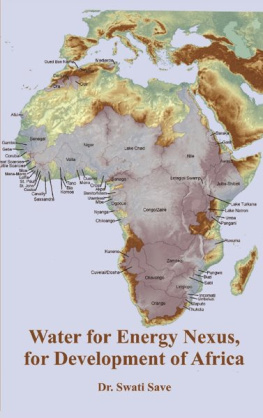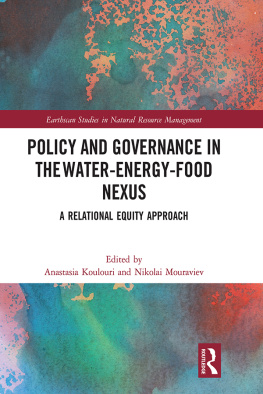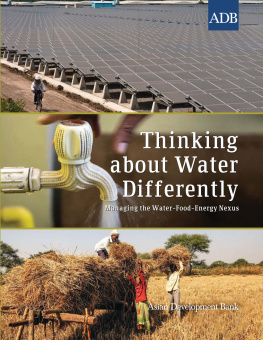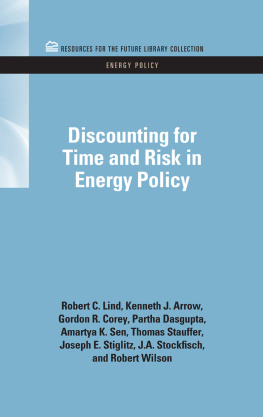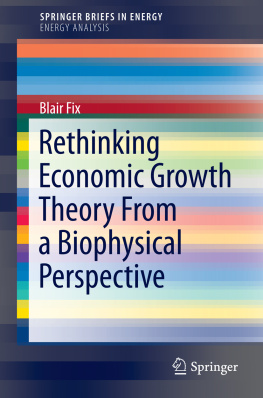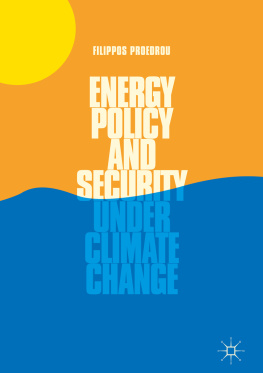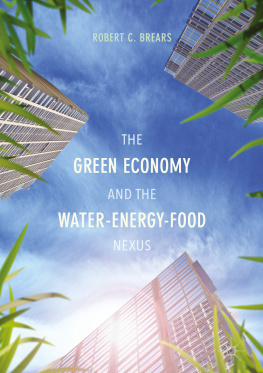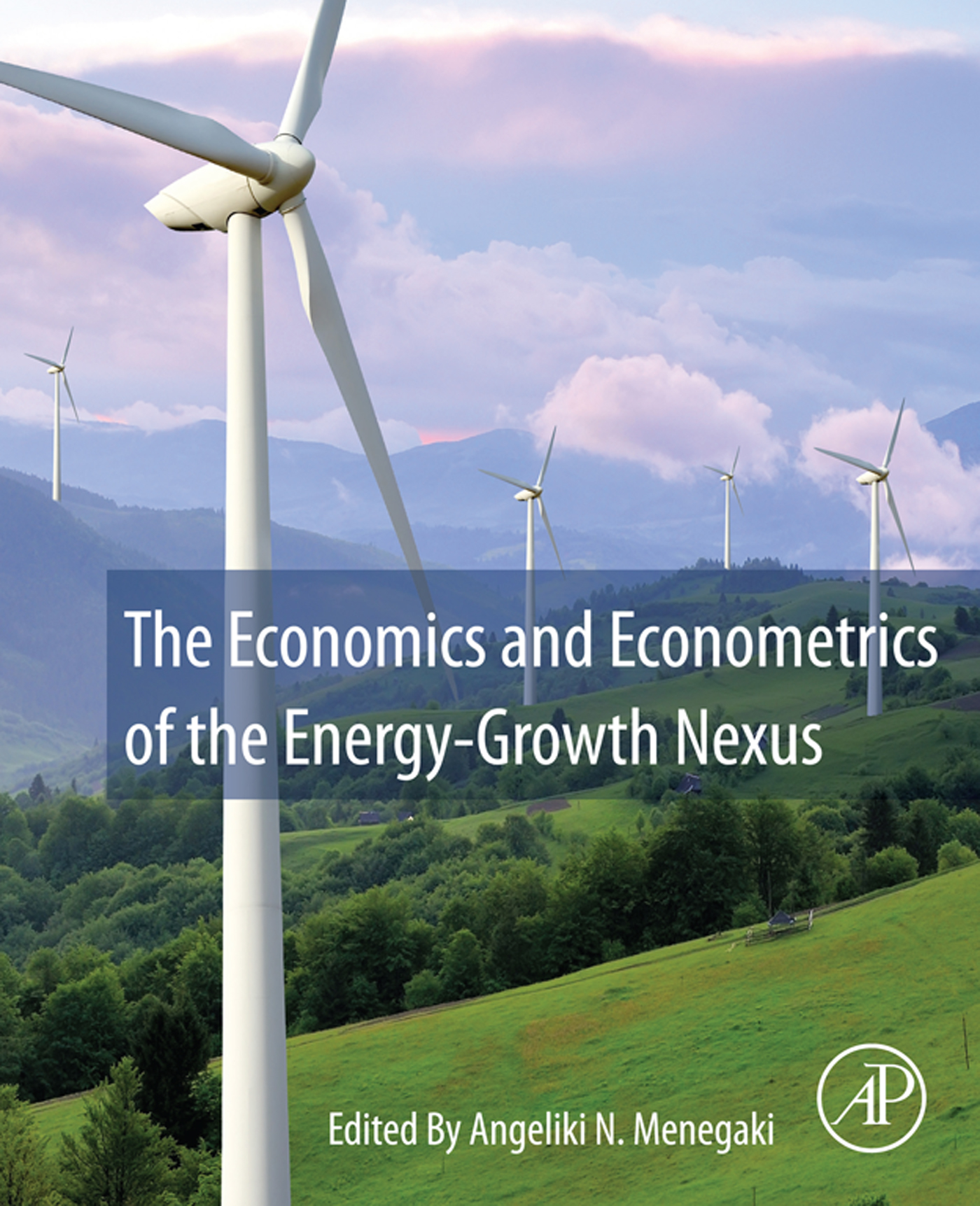Table of Contents
List of tables
- Tables in Chapter 1
- Tables in Chapter 2
- Tables in Chapter 3
- Tables in Chapter 5
- Tables in Chapter 6
- Tables in Chapter 7
- Tables in Chapter 8
- Tables in Chapter 9
- Tables in Chapter 10
- Tables in Chapter 11
List of figures
- Figures in Introduction
- Figures in Chapter 1
- Figures in Chapter 2
- Figures in Chapter 3
- Figures in Chapter 5
- Figures in Chapter 6
- Figures in Chapter 7
- Figures in Chapter 8
- Figures in Chapter 11
Landmarks
The Economics and Econometrics of the Energy-Growth Nexus
Edited by
Angeliki N. Menegaki
TEI Stereas Elladas, University of Applied Sciences, Lamia, Greece
Hellenic Open University, Patras, Greece
Table of Contents
Copyright
Academic Press is an imprint of Elsevier
125 London Wall, London EC2Y 5AS, United Kingdom
525 B Street, Suite 1800, San Diego, CA 92101-4495, United States
50 Hampshire Street, 5th Floor, Cambridge, MA 02139, United States
The Boulevard, Langford Lane, Kidlington, Oxford OX5 1GB, United Kingdom
Copyright 2018 Elsevier Inc. All rights reserved.
No part of this publication may be reproduced or transmitted in any form or by any means, electronic or mechanical, including photocopying, recording, or any information storage and retrieval system, without permission in writing from the publisher. Details on how to seek permission, further information about the Publishers permissions policies and our arrangements with organizations such as the Copyright Clearance Center and the Copyright Licensing Agency, can be found at our website: www.elsevier.com/permissions.
This book and the individual contributions contained in it are protected under copyright by the Publisher (other than as may be noted herein).
Notices
Knowledge and best practice in this field are constantly changing. As new research and experience broaden our understanding, changes in research methods, professional practices, or medical treatment may become necessary.
Practitioners and researchers must always rely on their own experience and knowledge in evaluating and using any information, methods, compounds, or experiments described herein. In using such information or methods they should be mindful of their own safety and the safety of others, including parties for whom they have a professional responsibility.
To the fullest extent of the law, neither the Publisher nor the authors, contributors, or editors, assume any liability for any injury and/or damage to persons or property as a matter of products liability, negligence or otherwise, or from any use or operation of any methods, products, instructions, or ideas contained in the material herein.
Library of Congress Cataloging-in-Publication Data
A catalog record for this book is available from the Library of Congress
British Library Cataloguing-in-Publication Data
A catalogue record for this book is available from the British Library
ISBN: 978-0-12-812746-9
For information on all Academic Press publications visit our website at https://www.elsevier.com/books-and-journals

Publisher: Candice Janco
Acquisition Editor: J. Scott Bentley
Editorial Project Manager: Susan Ikeda
Production Project Manager: Priya Kumaraguruparan
Designer: Vicky Pearson Esser
Typeset by Thomson Digital
List of Contributors
Mohammad Al-Saidi , Institute for Technology and Resource Management in the Tropics and Sub-tropics (ITT), University of Applied Sciences, Cologne, Germany
Nicholas Apergis , University of Piraeus, Piraeus, Greece
Heli Arminen , Lappeenranta University of Technology, Lappeenranta, Finland
Alper Aslan , Nevehir Hac Bekta Veli University, Nevehir, Turkey
Daniel Balsalobre-Lorente , University of Castilla-La Mancha, Ciudad Real, Spain
Anabel Forte , University of Valencia, Valencia, Spain
Jos A. Fuinhas , University of Beira Interior and NECE-UBI, Covilh, Portugal
Gonzalo Garcia-Donato , University of Castilla-La Mancha, Albacete, Spain
Vladimr Hajko , Mendel University in Brno, Brno, Czech Republic
Roula Inglesi-Lotz , University of Pretoria, Pretoria, South Africa
Arthur Kraft , Chapman University, Orange, CA, United States
John Kraft , University of Florida, Gainesville, FL, United States
Antonio C. Marques , University of Beira Interior and NECE-UBI, Covilh, Portugal
Angeliki N. Menegaki
TEI STEREAS ELLADAS, University of Applied Sciences, Greece
Hellenic Open University, Greece
Maamar Sebri , University of Sousse, Sousse, Tunisia
Muhammad Shahbaz , Montpellier Business School, Montpellier, France
Aviral K. Tiwari , Montpellier Business School, Montpellier Cedex 4, France
Ebru Topcu , Nevehir Hac Bekta Veli University, Nevehir, Turkey
Stella Tsani
Athens University of Economics and Business
International Centre for Research on the Environment and the Economy, Athens, Greece
Can T. Tugcu , Akdeniz University, Antalya, Turkey
Foreword
Arthur Kraft
John Kraft
* Chapman University, Orange, CA, United States
** University of Florida, Gainesville, FL, United States
It has been over 5 decades since the founding of the Organization of the Petroleum Exporting Countries (OPEC) in 1960, over 4 decades since the oil embargo of 1973, and almost 4 decades since we published our paper on the link between energy and gross national product (GNP) (). Never did we believe this simple bivariate analysis of causation would be the spark igniting a stream of research on the energy-growth nexus (EGN). We are pleased to be part of something that has lasted so long and has had such an impact.
The chapters in this book represent a significant contribution to this body of work. The Economics and Econometrics of the Energy-Growth Nexus is an excellent summary of the efforts by a significant number of leading global scholars on this important topic. We applaud the authors for presenting a broad array of topics surrounding the EGN.
Since the exogenous shock of 1973 some interesting dynamics have emerged. Many oil-producing countries have themselves become significant energy consumers and have implemented aggressive infrastructure spending. A recent Wall Street Journal article shows that the current price of $52.52 per barrel is less than the price per barrel needed by 11 OPEC members to balance their national budgets (). In addition to this, the stated objective by several countries to achieve 100% electric vehicle production in 2 decades will have an impact on the demand for fossil fuels and the global automobile industry. On the supply side, new technology has had an impact on shale oil and shale gas production. These events, as well as climate issues, will impact future research on the EGN.
In the unfolding of quality and sophisticated future research exploring the link between energy and growth, this book represents a significant first step.


